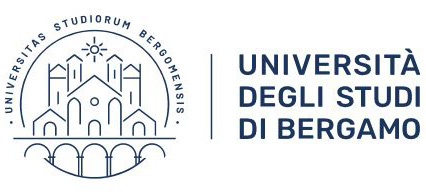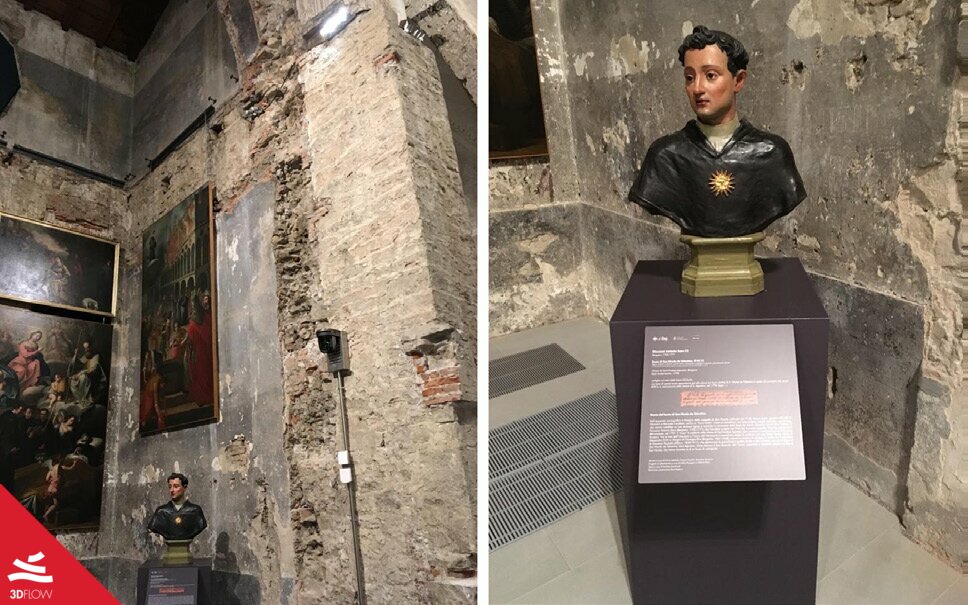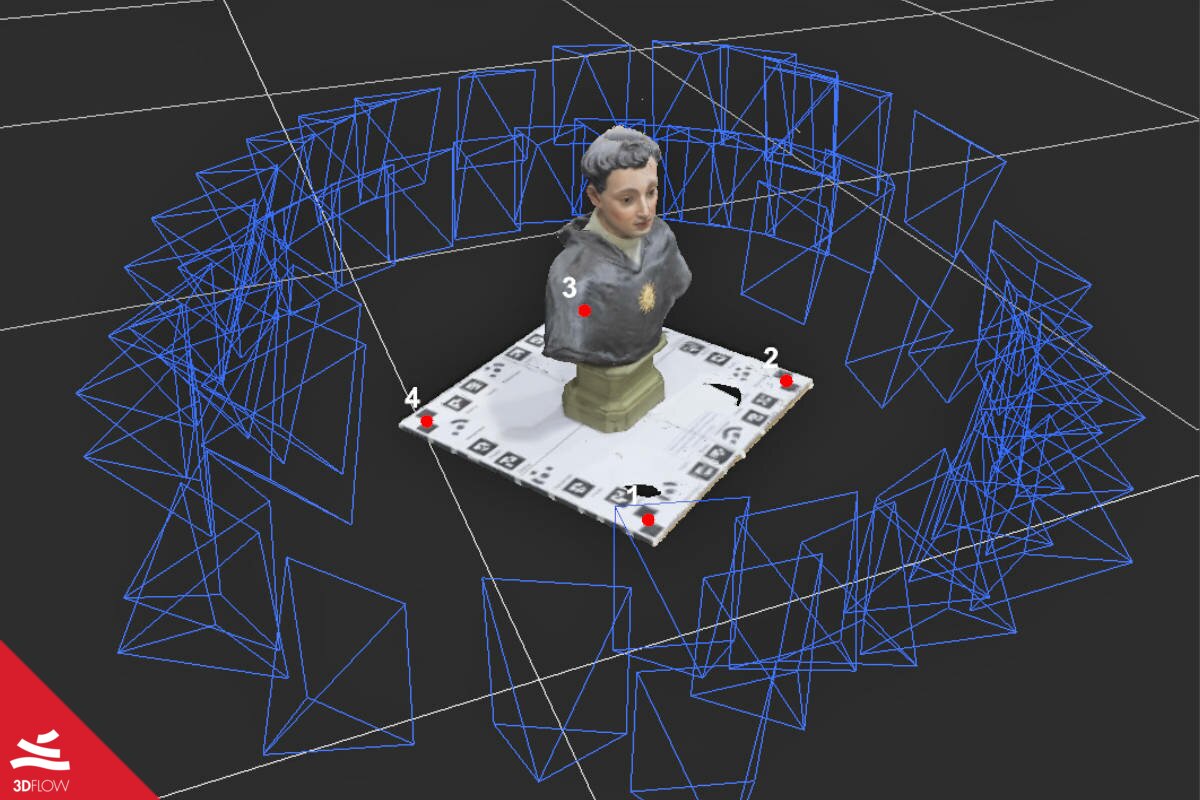The Bust of San Nicola da Tolentino
Cultural Heritage, Virtual Museum
This case study has been kindly provided by Alessio Cardaci and Pietro Azzola of the School of Engineering, University of Bergamo, Italy, and Antonella Versaci of the Faculty of Engineering and Architecture, University of Enna “Kore”, Italy. Their work had been inserted within the program of the event “LowCost 3D” which took place in Strasbourg, France, on December 2nd-3rd, 2019.

The paper has been published on ResearchGate. Click here to access the complete paper.
Case study goals
Nowadays, the practice of 3D scanning for documentation and conservation of Cultural Heritage is growing more and more, since only 3D models can retrieve the real spatial richness and the details of the artworks, unlike the classic method of catalogs correlated with written descriptions and photographic images. If followed by a rigorous scientific process, this practice can also be carried out using low-cost systems such as cameras and smartphones. Photogrammetry can thus turn into the key to the creation of 3D assets in a more accessible, accurate, and rapid way, other than giving the right to those pieces of art that are often considered as “minor” to be reconstructed and reach a wider public.
That is the goal of the present paper promoted by the University of Bergamo on the occasion of the university’ fiftieth anniversary.
More specifically, it focuses on the comparative analysis between the 3D models of the bust of San Nicola da Tolentino, sculpture present in the ancient convent of Sant’ Agostino (Fig. 1). The convent was founded in the late 13th century and is now the seat of the local University of Bergamo. The sculpture was acquired using different digitalization tools – both professional and amateur – and processed using several photogrammetry software solutions.

Fig. 1. The chapel dedicated to San Nicola da Tolentino and the bust of the saint in the complex of Sant’Agostino.
© Cardaci, Versaci, Azzola
Photogrammetric and videogrammetric Surveying
Before starting with the acquisition step, the bust was digitized with a laser scanner in order to generate a reference model for the successive outputs extracted with photogrammetry, especially to compare the metric accuracy. The outcome of this first phase was a dense point cloud of over 400.000 points and a mesh. The next phase affected the real photogrammetric approach, exploiting both photos and videos.
The photographic acquisition was carried out firstly with a professional Canon EOS 5DMark II equipped with a Canon 24 mm fixed lens, setting the Aperture Priority mode and the diaphragm to f/16. The other acquisitions were made in the Automatic mode with a GoPro Hero 4 action camera and, finally, with an Apple I-Phone 7. In all the cases, the photos were taken adopting a convergent axis shooting technique while moving around the statue that was positioned on a table and surrounded by markers used to scale and georeference the successive 3D models.
In particular, the data for the 3D reconstruction were the following:
• HDR images, in .tif format, acquired with Canon EOS 5 Mark II
• LDR images, in .jpg format, acquired with Canon EOS 5 Mark II
• Images, .jpg format, acquired with GoPro Hero 4
• Images, .jpg format, acquired with Apple I-Phone 7
The video acquisition was made with the GoPro Hero 4 action camera and the Apple I-Phone 7, with and without the usage of a DJI Osmo Mobile triaxial gimbal stabilizer. The resolution was set to 1920 x 1080 pixels and the recording speed to 30 frames / seconds. Each video had a duration of about 100 seconds, and the set of images extracted from the videos were all in .jpg format.
3D reconstruction process and models comparison
For the 3D reconstruction, three different photogrammetric software were used, including 3DF Zephyr, starting from the same dataset made of six series of photos (Fig. 2). The generation of more point clouds and meshes followed, for a total of 18 final models. A comparison between the photogrammetric and laser scanner models (the latter were set as references) was carried out using CloudCompare and 3D Systems Geomagic Wrap software to check the quality and accuracy of the photogrammetric output.

Fig. 2. HDR photogrammetry model (Canon EOS5 Mark II with 24 mm / f 1.4 and processing with 3DF Zephyr).
The comparison – available in the complete paper linked above – shows reliable results in those models generated from still pictures, especially the ones acquired with the Canon camera. Moreover, 3DF Zephyr was able to reconstruct more points and gained in quality for both the model and the texture by using the HDR dataset.
Unfortunately, the accuracy of the models generated from videos was lower due to a final error often higher than 10 mm with respect to the laser scan model. That error is relevant when dealing with cultural artworks, even though the usage of a stabilizer can considerably help a better 3D reconstruction: indeed, the best results were those using the stabilized smartphone. On the other hand, recording videos provided a time-saving data collection, a better overlap between the frames, and it was enough for the software to extract dense point clouds and meshes.
In conclusion, the work here wants to shed light on the possibilities of the development of both professional and low-cost technological devices, and how it can affect the present and future methods of conservation of Cultural Heritage.


